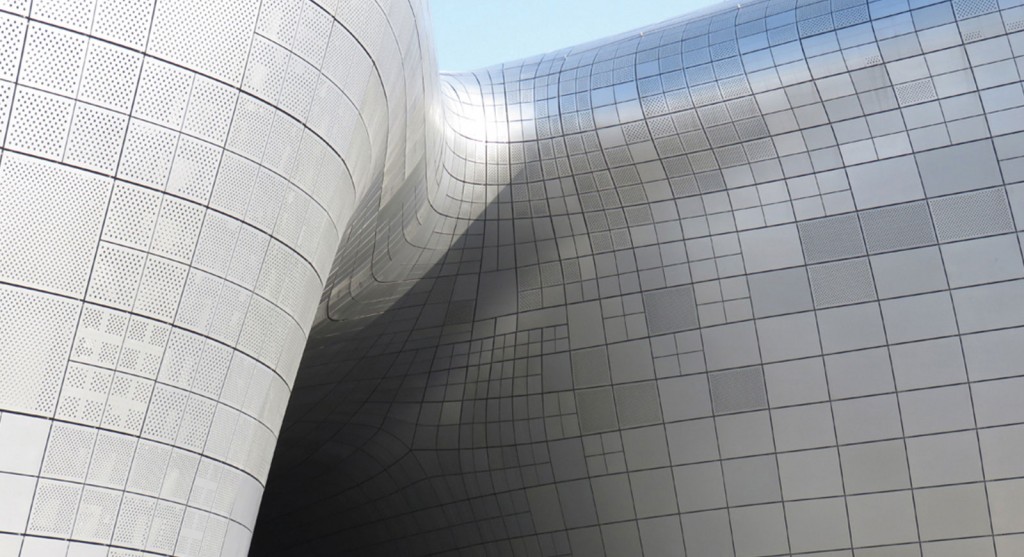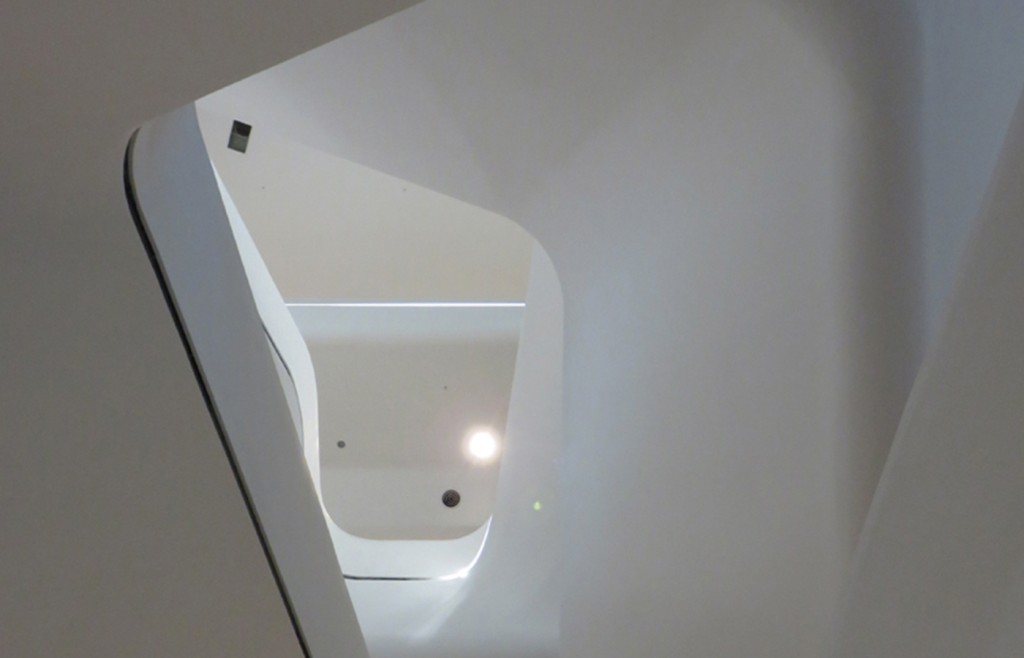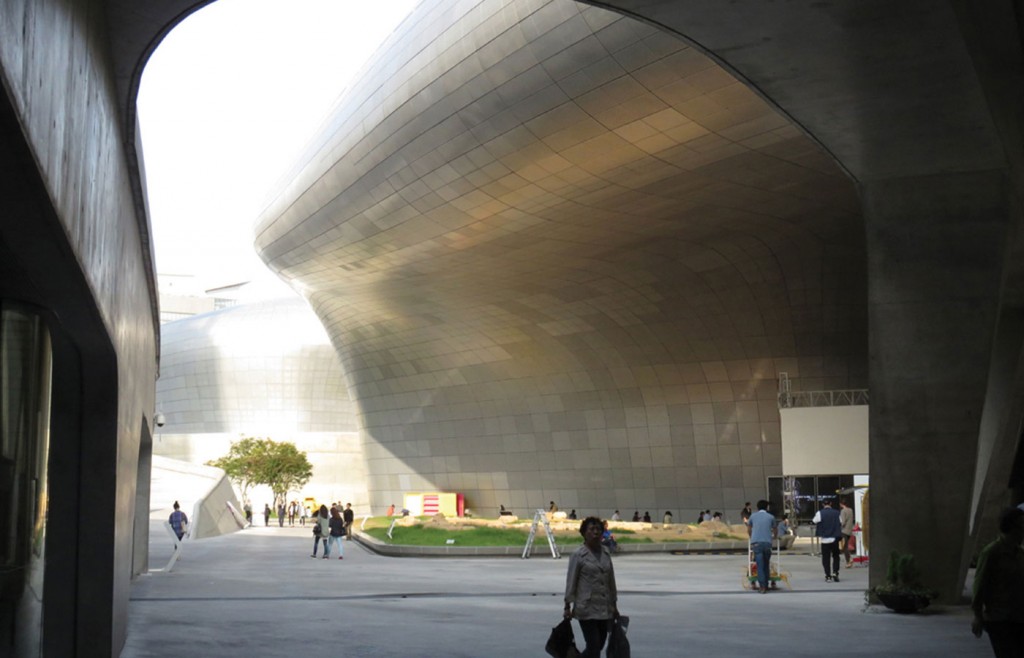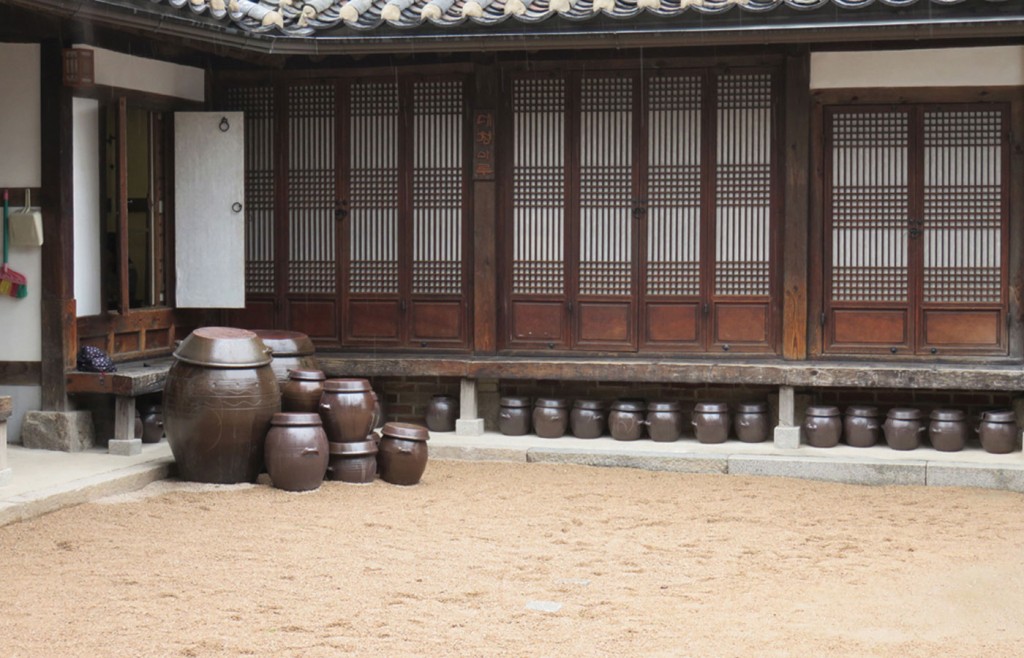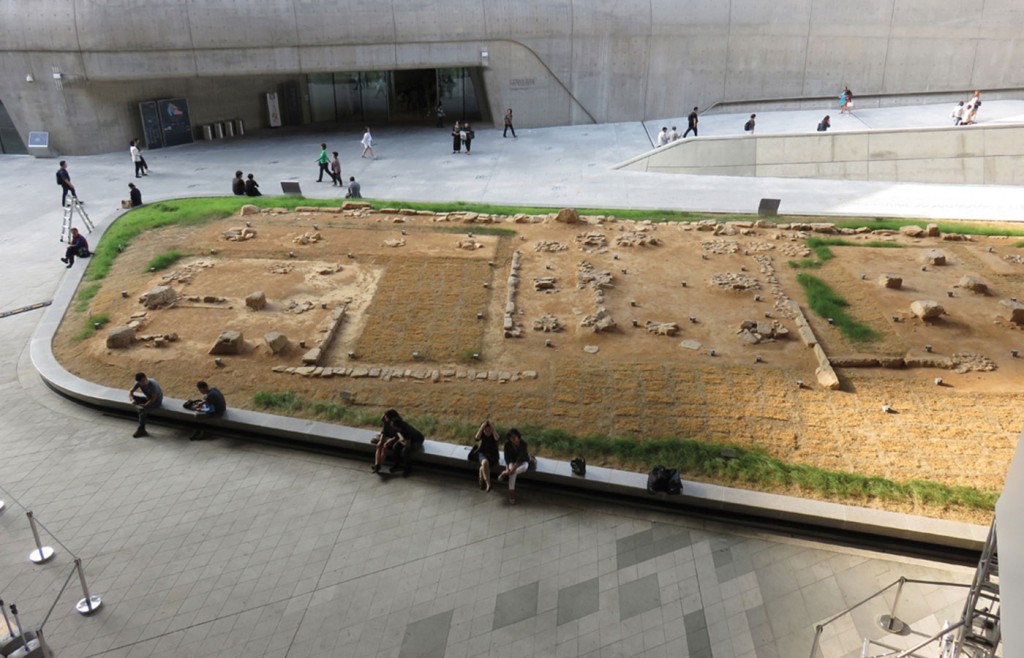In the conference title, Expansion and Conflict, Docomomo Korea has reflected the Korean sensibility of a country torn between the politically and culturally expansionist ambitions of indomitable neighbours, and attacked by the expansion of Western culture into North Asia.
Like the Meiji Restoration in Japan, the Korean Emperor (installed when Korea broke away from the suzerainty of China) tried to modernise Korea, but this was quickly terminated when Japan annexed Korea as a colony in 1910. From then on, modernisation in Korea was through the agency of the Japanese overlords.
The Seoul conference, like the 2000 conference in Brasilia, Brazil, challenged the accepted forms of the modern movement by emphasising the clash of cultures in the modernisation of Korea at the turn of the 20th century.
The respected Korean architect and chair of the conference organising committee, Jong Soung Kimm (a disciple of Mies van der Rohe), wrote in the introduction to the conference proceedings:
“The genesis of Modernism may have been a revolutionary process anywhere. In Asia, it had been more tortuous, and it was nothing less than a ‘conflict’, because it entailed superseding a whole inventory of architectural styles before Modernism took root.
“Before Paris was confronted with an apartment block on rue Franklin by Auguste Perret, or Vienna was scandalised by a house without eyebrows by Adolf Loos, the walled city of Seoul was suddenly thrust with a Gothic cathedral on the Myeongdong hill at the end of the 19th century. That was how ‘western’ architecture made its debut on the Korean peninsula.”
Following the opening up of Korea to the Western world in the 19th century, Western architecture, in the form of churches, was introduced by Western architects. The Royal family also commissioned Western style palaces that were also designed by Western architects. Following the annexation of Korea by Japan in 1910, Western style buildings were designed and constructed by Japanese architects. It was not until the interwar period that Koreans were educated as architects in Japan at the Imperial (now Tokyo) University. By the 1930s some of these Korean architects had established their own practices and began designing buildings in the idiom of the Modern Movement (usually in lesser towns and cities).



















